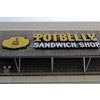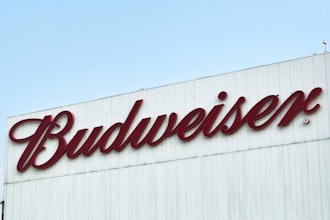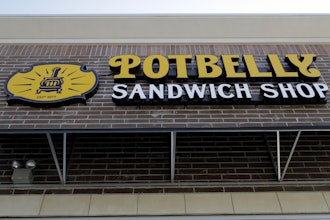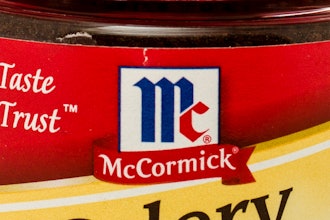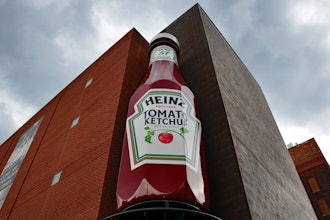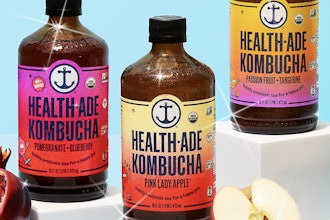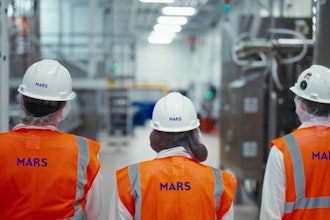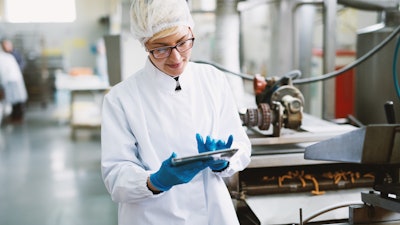
Quality control is one of the most important aspects of the food and beverage industry. Food safety and quality control complement one another in ways that most other industries do not.
The food sector manages and supplies susceptible products, which is why strict quality standards must be followed. The same brand food items are frequently purchased, and even a minor instance where product quality is compromised can ruin the entire brand reputation and a company's credibility.
Following these guidelines will help keep your practices updated, safe, hygienic, and competitive.
Invest in Food X-Ray Inspection
If you manufacture food, you already know the value of thorough product inspection. Your product may be contaminated by metals, high-density plastics, bone, glass, etc., throughout the manufacturing process by anything from machinery to other food sources. It is your responsibility to eliminate these contaminants before your products reach the hands of your customers.
While other types of inspection exist, an x-ray inspection system is a more thorough and precise approach. Using x-rays can help you build a consistent and successful screening process, ensuring your goods are always clean.
But that's not all. Why does this inspection system work better than other food inspection methods?
- Automation. Manual inspection cannot usually reveal bone or other hard contaminants. X-ray inspection automates the process, reducing human error to improve processing reliability. It can detect with greater precision than the human eye. With less handling, cross-contamination is reduced, product safety is improved, and the value of products is increased.
- Quality Assurance and Traceability. X-ray technology can monitor food processing in real-time with the correct production management software. It provides information that can be used to improve product safety quickly. It also provides reporting on bone detection rates, improving quality assurance and traceability.
Keep the Supply Chain Visible
The majority of supply chain partners and personnel are siloed and constrained to their particular work scope. In an ideal supply chain, however, all parties involved would be able to track the product from its origin to its final destination.
Transparency can improve lead times and performance while also detecting quality issues. It can also notify manufacturers of supply chain issues, allowing them to rectify them or find new partners. Supply chain software can boost visibility and, as a result, your bottom line.
Be Strict About the Use of PPE Equipment
Policy violations involving personal protective equipment (PPE) are not a question of style or comfort. In the worst-case scenario, businesses might be held liable for FDA and OSHA compliance issues, injuries, poor quality control, and product recall.
To improve PPE compliance, ensure sure the regulations are unambiguous and prominently posted. Make sure your personnel understands the need for proper PPE in maintaining quality standards. If you're having trouble convincing workers to wear PPE, you may need to be more stringent with random checks, and penalties for anyone found breaking the rules.
Use IoT Sensors
Even the best preparations can't always stop bacteria like E. coli or listeria from reaching your supply chain. The best thing to do in these situations is to know the problem early. Internet of things (IoT) sensors and smart warehouses could spot these issues early on.
Wireless sensors can identify hazardous bacteria in perishable foods stored in a refrigerated warehouse or truck in seconds instead of waiting for lab cultures to return. Non-frozen food must be kept below 40 degrees Fahrenheit to prevent bacterial growth. Wireless temperature sensors may monitor the food in real-time and alert the staff to changes that could endanger the cargo.
IoT sensors for the food sector are new, but they are already available if you want to modernize your quality control and assurance functions.
Label Food Accurately
Food labeling is a controversial topic right now. Food contaminated with germs, viruses, parasites, poisons, and chemicals sickens millions every year. For food safety, labels should contain warnings and critical information about how to use a product, like storage and cooking instructions.
Also, many people believe nutrition labels are misleading and have been duped by them. Natural, organic, and GMO-free are sometimes dubious claims. Nutritional information, ingredients, raw materials, country of origin, and allergens must be clearly labeled.
Remember that in the food industry, details matter, whether it's naming almond milk as milk or plant-based or cell-cultured meat as meat. The accuracy, relevance, and consumer-friendliness of a label are more critical than its readability.
Train Employees
Believe it or not, food contamination is sometimes caused by human contact or negligence. The development of high-quality foods depends on food safety training and correct handling standards.
The food manufacturing industry is implementing new standards and methods for training staff on proper handling techniques in collaboration with major organizations and the FDA. Interactive and virtual training is utilized to teach new employees by simulating real-world training.
Quality assurance and contamination prevention are effective ways to increase product quality and productivity. Workers learn precisely what they must do and when without compromising actual workflows or products.
Qualities of a Good Food Quality Control System
Quality is not simply one phase in the manufacturing process. It encompasses the entire process, including product creation, development, production and distribution. A properly developed procedure that accommodates production challenges is required. To ensure product quality, proactive and reactive measures should be implemented.
- Preventive Quality Control. Proactive (preventive) production methods should be implemented based on prior mistakes or industry knowledge. Also, frequently inspecting tool safety is part of routine machine inspection. While identifying flaws is the actual goal of quality control, minimizing defects and improving overall product quality begins with proactive solutions.
- Reactive Quality Control. Even with foolproof prevention, failures may occur on every factory floor. To promptly address quality issues, proactive measures must be planned ahead of time. Depending on the operator and facility response time, the product might be scrapped or fixed. The data gathered from these concerns can be used to develop future proactive quality control systems.
The food business landscape is now more competitive than ever. Differentiating yourself by greater product quality is vital for all food manufacturers, especially SMMs. Improving your systems can not only save you money and reduce waste, but it can also encourage purchases and repeat business from more affluent customers.




